FAQ
Most frequent questions and answers
Copyright (or author’s right) is a legal term used to describe the rights that creators have over their literary and artistic works. Works covered by copyright range from books, music, paintings, sculpture, and films, to computer programs, databases, advertisements, maps, and technical drawings.
- literary works such as novels, poems, plays, reference works, newspaper articles;
- computer programs, databases;
- films, musical compositions, and choreography;
- artistic works such as paintings, drawings, photographs, and sculpture;
- Architecture; and advertisements, maps, and technical drawings.
Generally, the person who creates a work is the owner of the copyright. Thus, independent artists, photographers and writers own the copyrights to their works. The only exceptions to this rule occur when a work is created by an employee as part of his or her job duties or when a work is created under a written work-for-hire agreement.
Copyright protection is obtained automatically without the need for registration or other formalities. Most countries nonetheless have a system in place to allow for the voluntary registration of works. Such voluntary registration systems can help solve disputes over ownership or creation, as well as facilitate financial transactions, sales, and the assignment and/or transfer of rights.
Economic rights have a time limit, which can vary according to national law. In those countries which are members of the Berne Convention, the time limit should be equal to or longer than 50 years after the creator’s death. Longer periods of protection may however be provided at the national level.
Permission to use a copyrighted work is called a “license.” A license must be obtained from the owner of the copyright prior to using the work. The license can be oral or written. Obviously, the use of a clearly written licensing agreement will avoid confusion. The writing does not have to be detailed to be effective. A simple letter or invoice is usually sufficient.
The term “work” is used in the copyright context to refer to a wide range of intellectual creations, from novels to architecture, computer programs, and more.
In the past, some countries had legislation in place that required the copyright holder to comply with certain formalities in order to receive copyright protection. One of those formalities was to include an indication that copyright had been claimed, such as by using the symbol ©. Currently, very few countries still impose formalities on copyright, therefore the use of such symbols is no longer a legal requirement.
There are two types of rights under copyright:
- economic rights, which allow the rights owner to derive financial reward from the use of his works by others; and
- moral rights, which protect the non-economic interests of the author.
A copyright originates at the moment a work is created. For a written work, the copyright comes into existence as the words are typed, printed, or saved to a computer disk. For a photograph, the copyright is created at the moment the image is developed. As long as the work exists in tangible form or can be understood or reproduced with the aid of a machine, it is copyrighted.
Although a copyright is created automatically when a work is created, there is a procedure for registering a copyright with the Library of Congress. Remember, registration is not required for copyright protection.
The registration process itself, does not alter the fact that the owner of a copyright is always entitled to his or her actual damages plus any profits earned by the infringer. However, the suggestion that statutory damages and attorney’s fees are available can act as a catalyst for the quick settlement of a copyright infringement claim
The economic rights owner of a work can prohibit or authorize:
- its reproduction in various forms, such as printed publication or sound recording;
- its public performance, such as in a play or musical work;
- its recording, for example, in the form of compact discs or DVDs;
- its broadcasting, by radio, cable or satellite;
- its translation into other languages; and
- its adaptation, such as a novel into a film screenplay.
Everyone needs to know about copyright. It’s important to understand that copyright doesn’t just protect the work of professional writers, artists, filmmakers etc. But it also protects the papers and work by students, faculty and staff. Copyright is to protect, not to annoy or bully. It serves as a protection so the creator of the original work is properly paid and/or recognized for their work.
First, you want to be sure that the person placing the ad owns the copyright on the
advertisement. If you are satisfied that they hold the copyright on the advertisement, then include the copyright symbol in the ad itself. Be certain that you are clear on the use of the copyrighted material. If the material is to be incorporated into other copy, be certain that you have approval.
In India, copyright generally lasts for sixty years after the death of the author or sixty years after the publication of the work, depending on the nature of the content. As a result, when the term expires, the content is released into the public domain.
One way to make sure your intended use of a copyrighted work is lawful is to obtain
permission or a license from the copyright owner. Contact a copyright owner or author as far as possible in advance of when you want to use the material specified in your permissions request.
In general, all you need to do is create a work of authorship and write it down or otherwise record it somewhere. This will automatically create copyright protections. In theory, you do not need to own the original copy in order to own the copyright.
As per the Act, “work of joint authorship”; means a work produced by the collaboration of two or more authors in which the contribution of one author is not distinct from the contribution of the other author or authors. Thus the Act recognizes joint authorship. Joint authors fully enjoy all of the rights granted by the Act, as mentioned previously. The term of copyright of a work of joint authorship is calculated with respect to the author that dies last.
In some cases it may be possible to use works that are not in the public domain without
needing to request authorization from or remunerate the author or the right owner. This can occur if such uses are covered by limitations and exceptions in the national legislation.
Examples of limitations and exceptions include:
- the quotation of works;
- the use of news of the day; or
- the creation of accessible formats for print disabled people.
WIPO Lex provides easy access to intellectual property legislation from a wide range of
countries and regions as well as to treaties on intellectual property. Many national or regional intellectual property offices also provide information concerning national or regional legislation on their websites.
Collective management organizations (CMOs) monitor uses of works on behalf of creators and are in charge of negotiating licenses and collecting remuneration. They are particularly common in the field of musical and literary works where there may be a large number of users of the same work and it would be difficult both for the owner of rights and the users to seek specific authorization for every single use and to monitor them.


